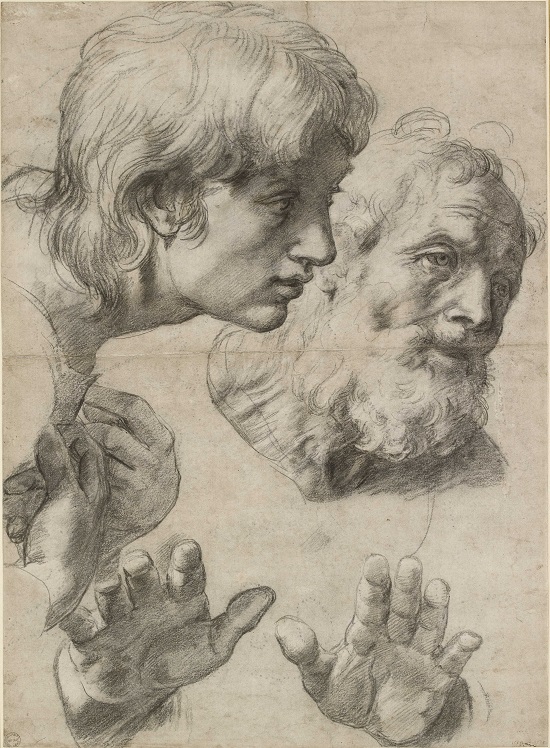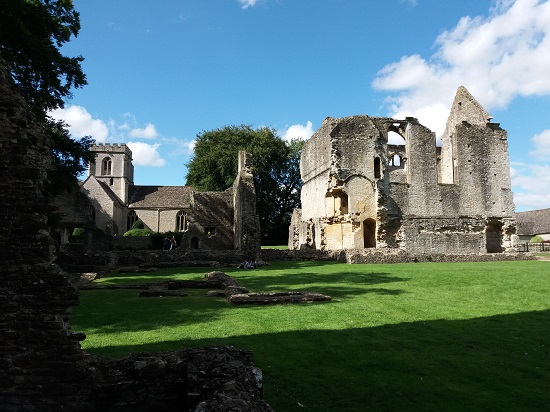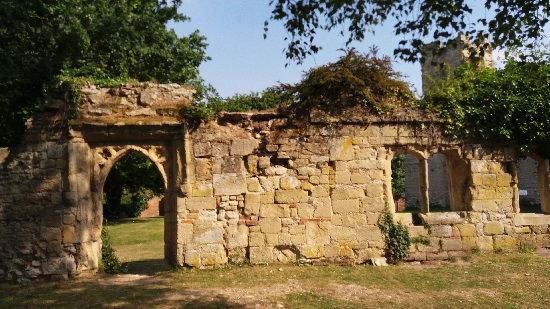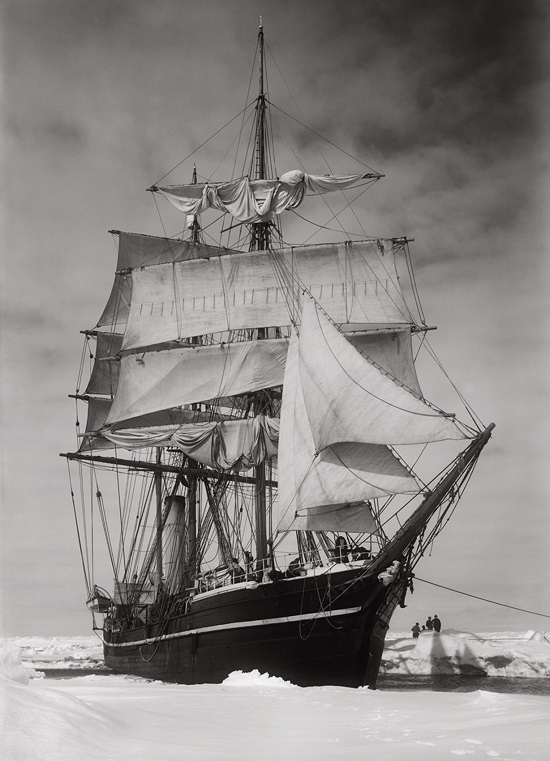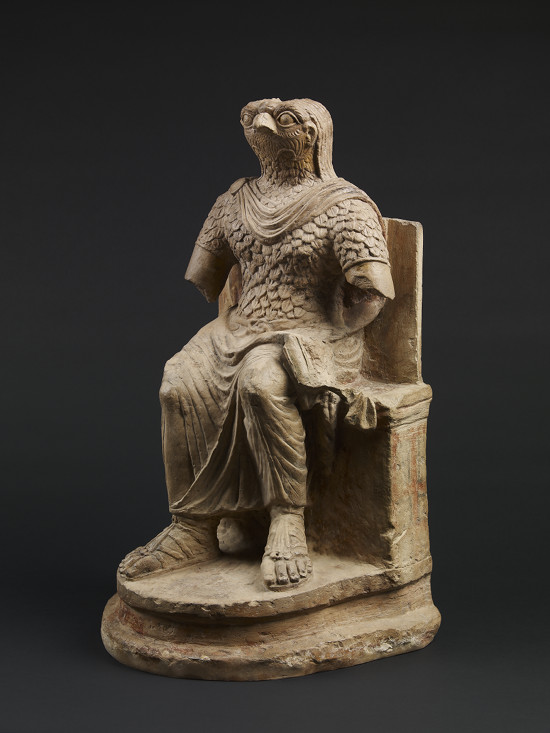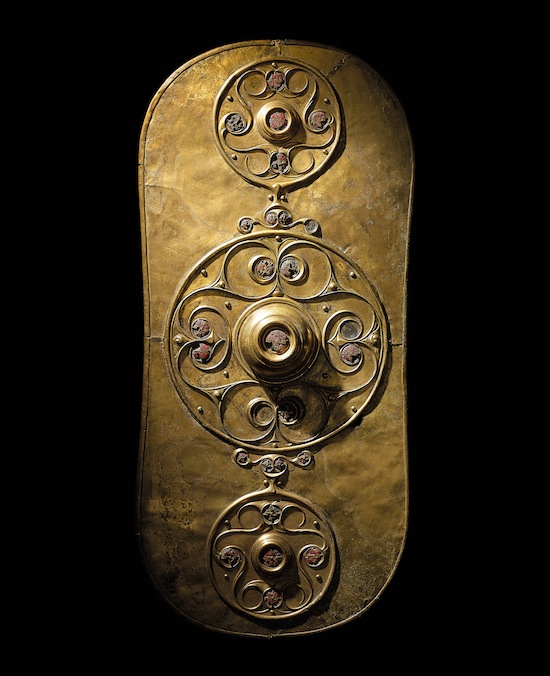Magical Items at Oxford’s Ashmolean Museum
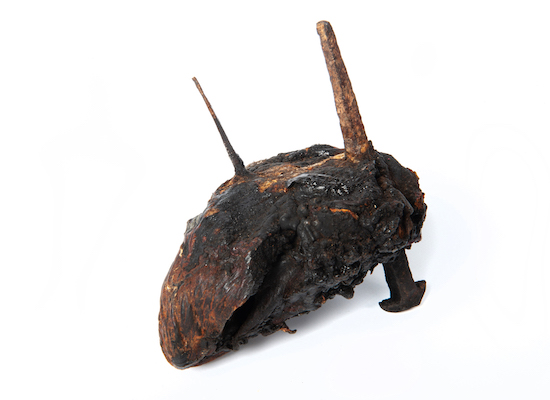
Bull’s heart pierced with iron nails and thorns as a protection
against witches. Found in a chimney at Shutes Hill Farm, Somerset,
date unknown (c) Pitt Rivers Museum, University of Oxford.
A new exhibition at Oxford’s Ashmolean Museum showcases 180 real-life magical items.
Spellbound: Magic, Ritual & Witchcraft explores the history of magic from the early modern era to the present day through objects ranging from Renaissance crystal balls to folk charms against witchcraft. It looks at basic human needs such as fear of death and desire for love, and how people have used magic to try to get what they need.
The exhibition also turns the question of magic and superstition back on the viewer. In the entrance hallway, you are invited to step under a ladder or go around it. The museum is counting how many people dare to tempt fate. I did, and I hope they post the statistics when the exhibition is over!
